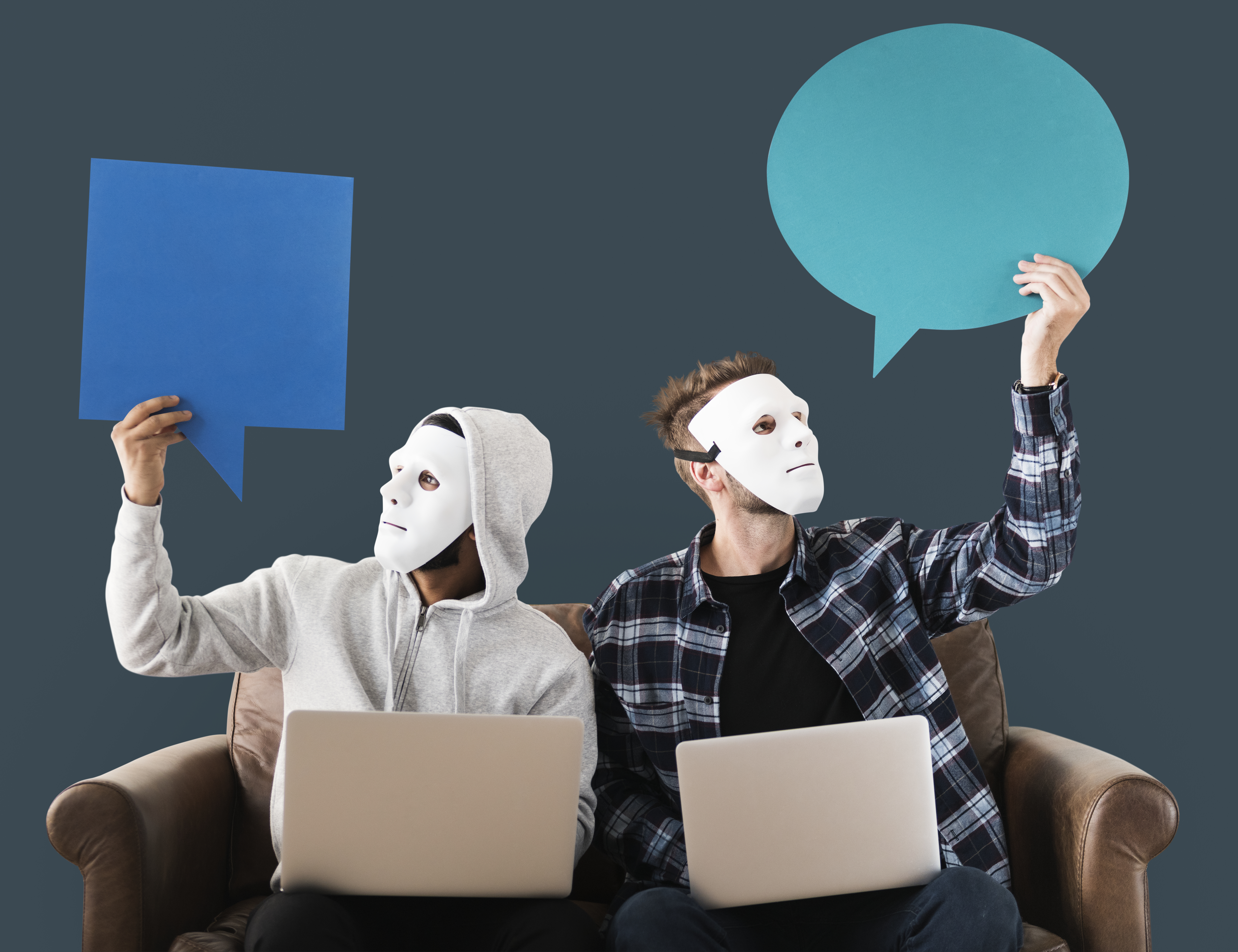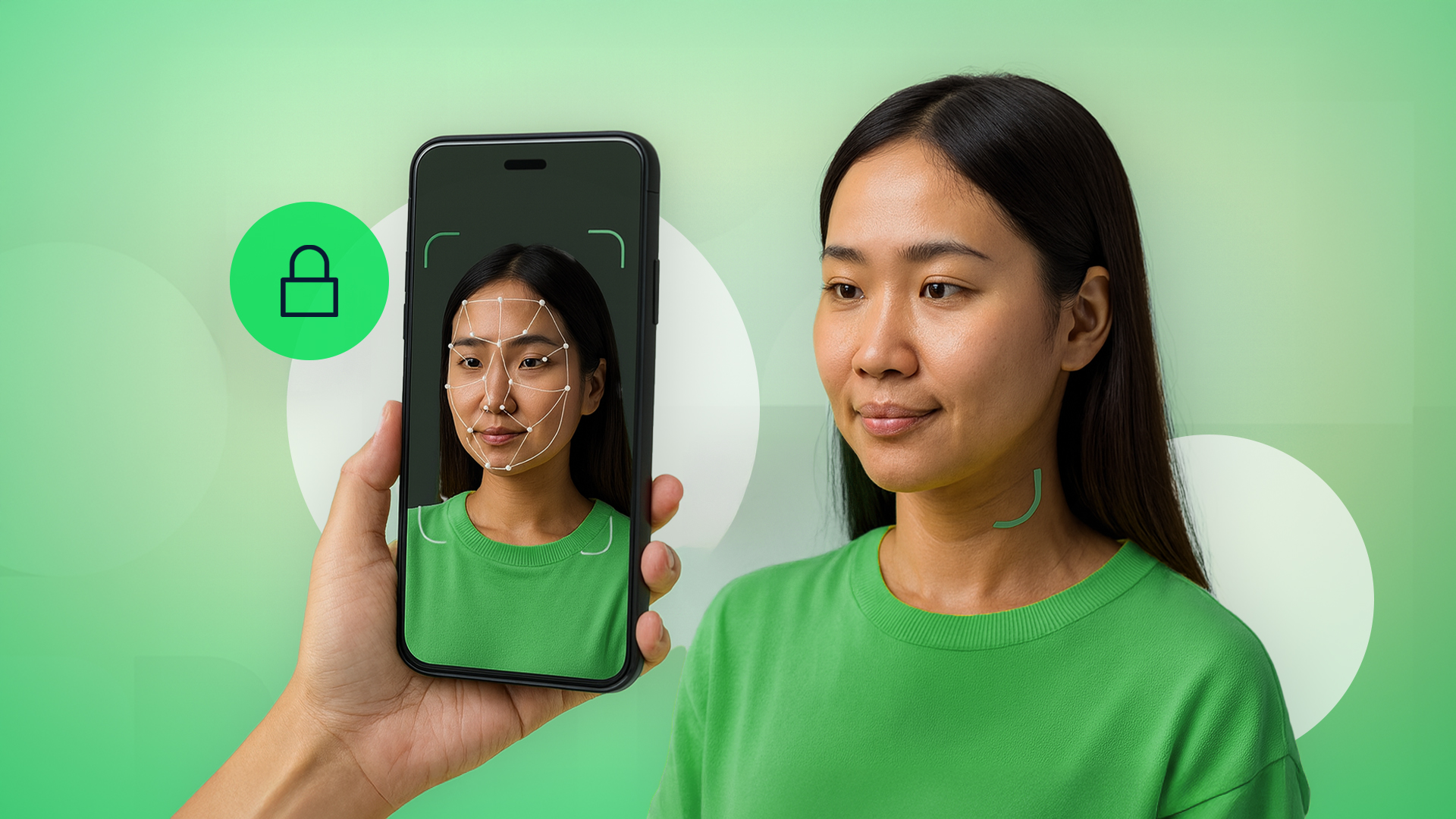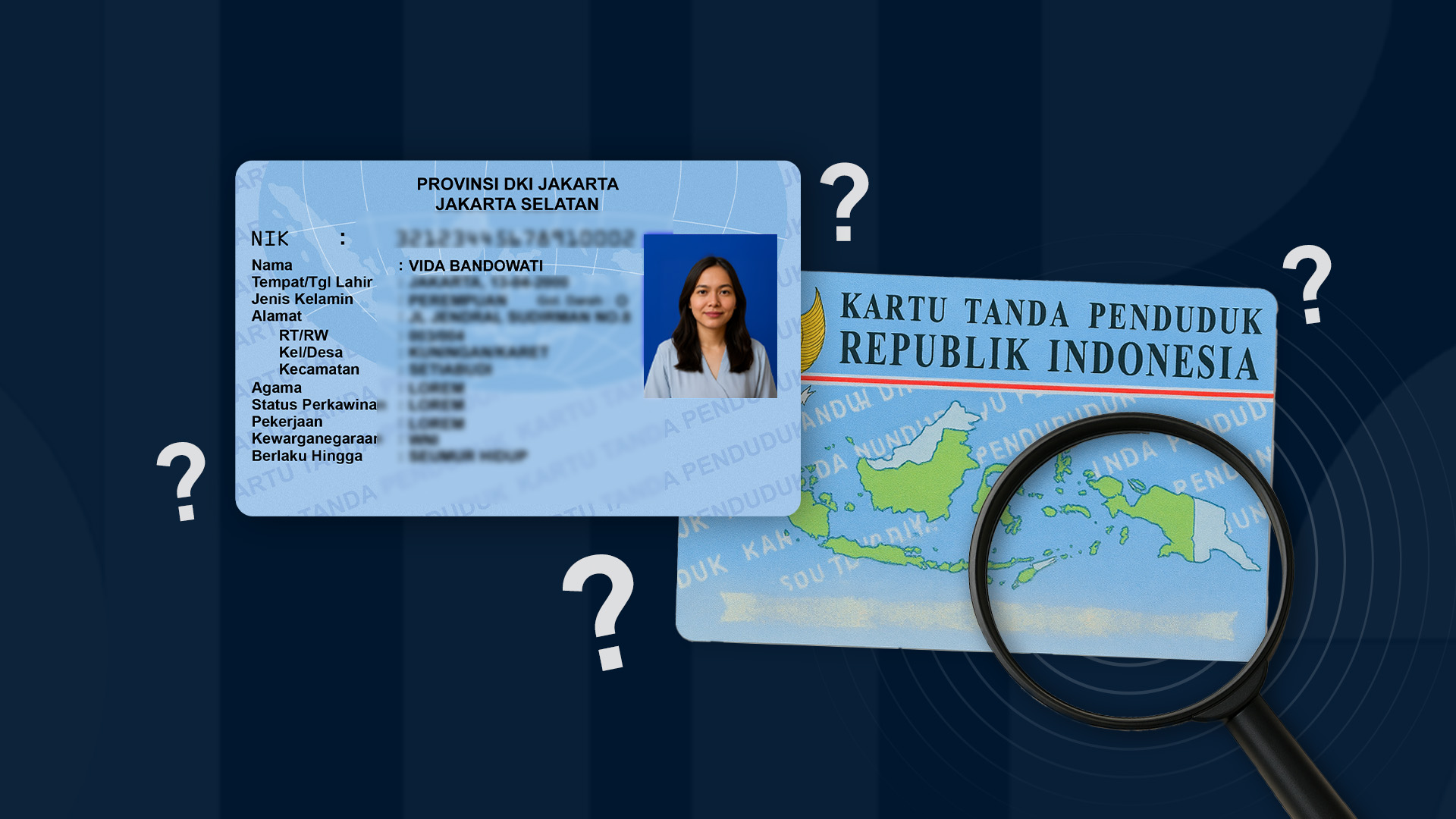Deepfake, a term referring to the manipulation of content (photos, videos, and audio) using artificial intelligence (AI), has opened doors to various forms of creativity. One of the most famous instances is in the film "The Mandalorian" (Star Wars series) where the character of young Luke Skywalker was portrayed by Mark Hamill, who was older at the time. On social media platforms, deepfake appears in the form of photo filters for swapping faces, as well as in circulating videos of former president Soeharto during Indonesia's 2024 elections.
So, what are the challenges and limitations of deepfake? Does it violate ethics? Here are some points to consider.
1. Testing Trust and Credibility
One of the biggest challenges posed by deepfake technology is testing trust and credibility. With the ability to create highly realistic fake content, deepfake has the potential to spread false information or fake news, which in turn can confuse the public and damage the reputation of individuals or institutions.
2. Weaken the Reputation
When trust and credibility are questioned, the worst-case scenario is the undermining of an individual's or institution's reputation. This can worsen if deepfake is proven to harm others. If not addressed promptly, the impact of deepfake can destroy institutions or companies.
3. Misuse and Digital Crime
Although current deepfake creations may seem entertaining, they also provide opportunities for serious misuse and digital crimes. For example, deepfake videos or audio can be used for purposes such as fraud, extortion, or even manipulation of public opinion. In Hong Kong, a case involved an employee who was scammed out of 400 billion rupiahs after receiving a video call from their boss, who turned out to be a fraudster using deepfake to disguise themselves.
4. Threats to Privacy and Data Security
Deepfake technology also poses threats to individual privacy and data security. With its ability to create content that mimics someone's face or voice, deepfake can be used to spread false personal information or forge identities, resulting in serious financial or reputational losses for the victims.
So, to what extent can deepfake be used ethically? So far, the film industry and visual influencers are considered the safest for using deepfake. As mentioned earlier, examples in the film industry have been cited, while virtual influencers are AI-generated influencers with appearances and personalities similar to humans. The cost of virtual influencers is said to be cheaper than real influencers because they are entirely AI-based. Companies use virtual influencers for marketing campaigns, brand launches, and as brand ambassadors.
In facing the challenges and limitations of deepfake technology, it is important for people to remain vigilant and critical of the digital content they consume. While deepfake innovations may bring benefits, it is also important to set boundaries to prevent deepfake from becoming a new crime.

.png)


